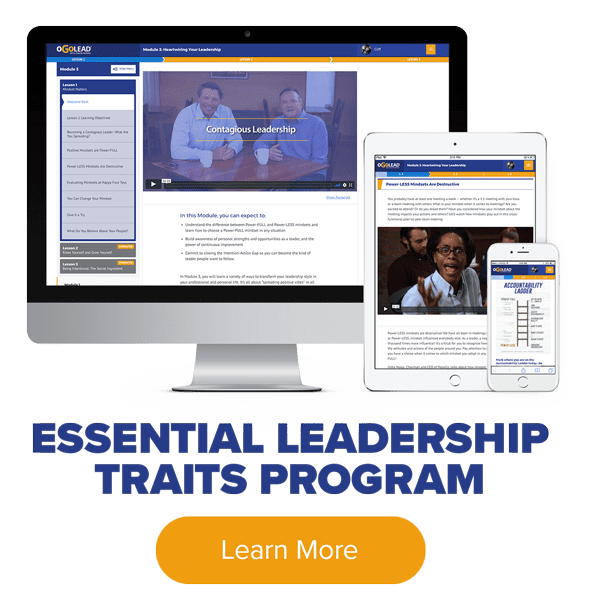By: David Novak Leadership
It’s November – the month of Thanksgiving – and you’ll see all kinds of gratitude challenges throughout social media. Just type “Gratitude Challenge 2020” in your search bar and page after page of ideas appear.
But let’s be honest… finding things to be thankful for can be tough, especially in the midst of a global pandemic. Investing the time to “make a list” of things you’re thankful for might be more than you can take right now.
But… could developing a habit of gratitude actually help you navigate month after month of the pandemic? Could adopting a more positive mindset help you become more happy and optimistic?
According to Robert A. Emmons, Ph.D., Professor of Psychology at the University of California, Davis, who’s the world’s leading scientific expert on gratitude, the answer is yes! He’s proven through scientific research that adopting a habit of gratitude increases happiness, reduces depression, improves your health and makes your relationships better. Those are some pretty amazing benefits!
You might be skeptical, and that’s understandable. But what do you have to lose by giving it a try right now? Take a minute and think about three things you’re thankful for. Did this help your mood improve? Did you notice something positive that you overlooked before?
David Novak knows the power of gratitude. He starts each day listing three things he’s thankful for because it helps get his mindset in a good place right out of the gate.
Jesse Cole, Founder of Fans First Entertainment, discovered the power of a handwritten thank you note after starting the Thank You Experiment in 2016, when he started writing one thank you letter a day to someone who made a positive impact in his life. The result? It gives Jesse joy and happiness and it spreads gratitude to others too. He’s been writing a daily thank you note every day since he started the experiment, and encourages his team to write thank you notes to their customers as well. Here is a short clip about his Thank You Experiment.
Gratitude has a positive impact. Developing a daily habit of gratitude can help you change your perspective.
If you’re up for developing a habit of gratitude like David Novak and Jesse Cole, download this gratitude journal. Use it to capture three things you’re thankful for each day this week and see how it impacts your mood and perspective.
So, what are you grateful for today?





















